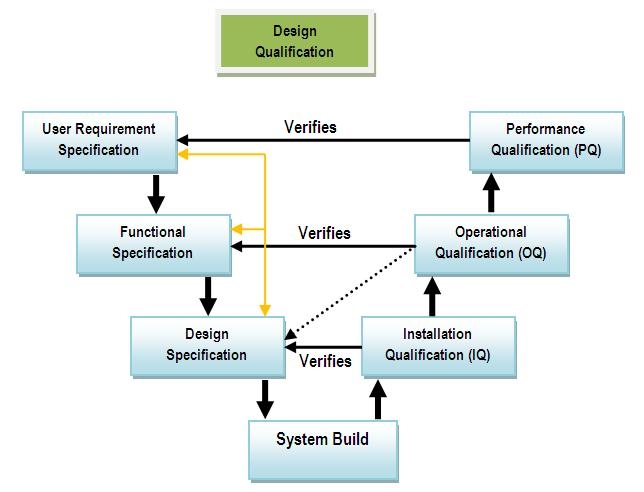Innovative Web Solutions supporting your business
|
|


|
Validation
The Software Development Life Cycle or SDLC identifies the different stages the development of a software is made of, from the its concept to its retirement. This approach allows defining a development standard able to trace also intermediate stages allowing to validate the software development, i.e. its compliance with user requirements and to verify the development process, i.e. the adequacy of the used methods.
The SLDC’s objective is therefore to allow the implementation of a cost competitive, effective and high quality product.
WBS Innovation adopts for all the systems it develops the V-Model, the model that shows and highlights the relationship between each single stage of the software development and the relating test phase.
The V-Model includes the following phases:
- Requirements collection: information supplied by the user on what the system shall perform. It represents the user’s needs and is the source of theSoftware Requirements Specification, document, which represents the basis of the project.
- Definition of software functionalities: they describe the functions of a system or its component.
- Design: detailed definition of interfaces, database tables, dependencies, etc.
- Building of the system;
- IQ (Installation Qualification): qualification of the installation with the objective to test the correct design implementation;
- OQ (Operational Qualification): operational qualification with the objective to test the product functionalities;
- PQ (Performance Qualification): qualification of the performance with the objective to test the fulfillment of the user’s requirements. It helps determining whether the software has been developed according to acceptance criteria or whether it must be accepted or not).This phase takes place in a simulated environment and in real-time.

| Le nostre applicazioni Web sono compatibili con IE11 ed Edge |
